Crimes that shocked a state: SA’s newest Supreme Court Justice Sandi McDonald reveals some of her most challenging cases
As she assumes her new role as a member of the Supreme Court, Justice Sandi McDonald has revealed some of her most challenging and compelling cases as a prosecutor.
SA Weekend
Don't miss out on the headlines from SA Weekend. Followed categories will be added to My News.
South Australia’s newest Supreme Court Justice Sandi McDonald has revealed some of her most challenging and compelling cases as a prosecutor.
They are literally the who’s who of South Australia’s killers including child killer Dieter Pfennig; the Snowtown serial killers; and wife-killer Zialloh Abrahimzadeh.
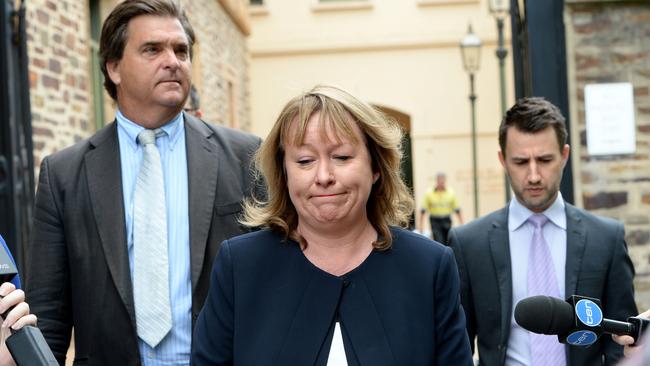
Most have spent a good proportion of their lives in prison – while others are still behind bars – because of McDonald’s tenacity and meticulous presentation of the evidence against them gathered by investigating detectives.
It’s fair to say McDonald’s appointment to the Supreme Court surprised the career prosecutor.
Read the full story of her rise to the top in this weekend’s SA Weekend magazine.
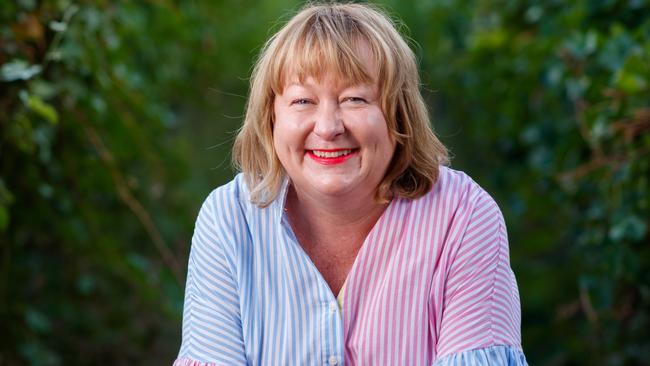
LOUISE BELL MURDER
In 1983 Dieter Pfennig abducted and murdered schoolgirl Louise Bell. In 2016 he was convicted of the crime following a DNA breakthrough.
“Louise Bell’s abduction is part of the DNA of this state,’’ McDonald says.
“Louise was a similar age to me, I grew up with that case, we all grew up with that case. To reflect on it now, to actually be the prosecutor who brought that man to justice after all this time is incredible, to be part of this state’s history. It is monumental, I feel so privileged to have in some small way assisted Louise Bell’s parents and family.’’
McDonald, who becomes emotional discussing the Bell trial, says she remembers a moment during her closing address when she caught a glimpse of Louise’s parents Colin and Diane in the courtroom and thought “this has never left them and it never will leave them.’’
She also recalls viewing television footage of them being interviewed in the days after Louise was taken and “how they had hope in their eyes and voices that she was going to come home.’’
“Their lives are never going to change but it is humbling to think I have done something for them,’’ she says.
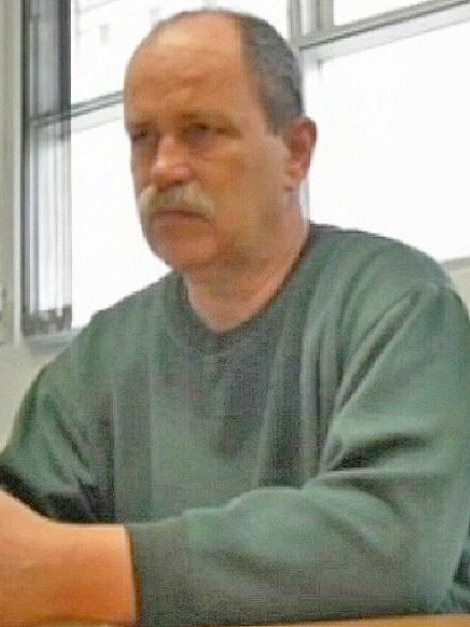
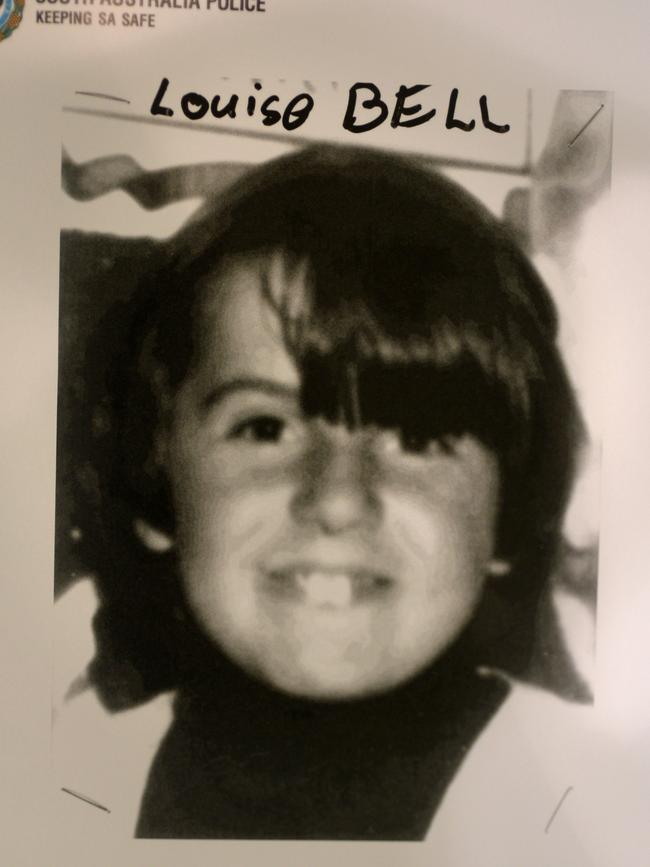
The Bodies in the Barrels case
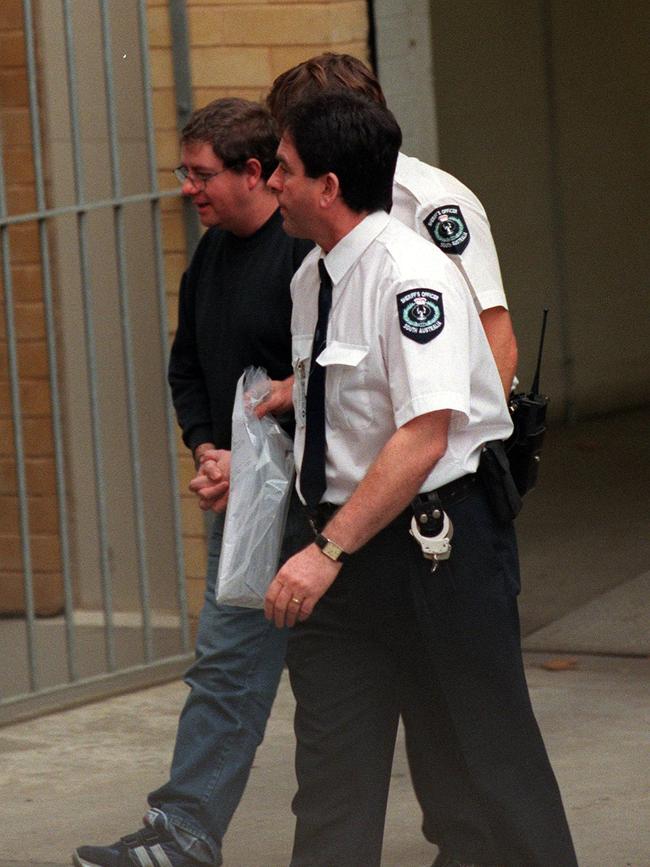
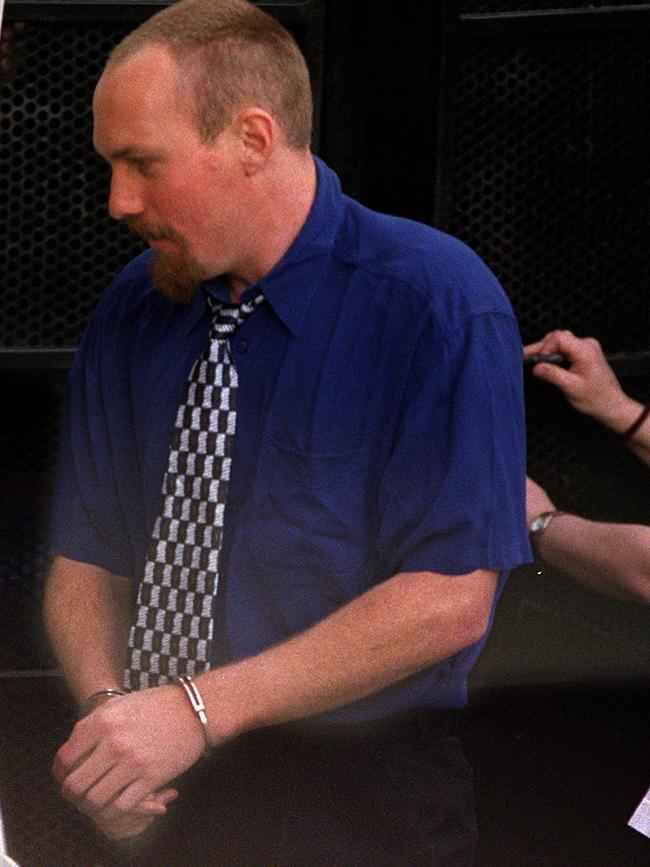
McDonald was junioring prosecutor Wendy Abraham in the Snowtown murders trials that eventually resulted in four men being found guilty in connection with the murders of 12 people. She remembers the case for the brutality of the four offenders – John Bunting, Robert Wagner, Mark Haydon and James Vlassakis – towards their victims (Haydon was the only one not convicted of murder).
“The fact that the accused looked like the most average, everyday people and they were doing such evil things was extraordinary,’’ she said.
“The sheer size and complexity made it difficult and also because of the significance of the case to the state.’’
McDonald says the factor that had the greatest impact on her was her dealings with Vlassakis, one of the accused who turned Crown witness.
“I spent many, many hours with him. He was intelligent, he was insightful, he was articulate, he was likeable. It was the first time I realised that anyone could end up a serious criminal like this, depending on the situation they found themselves in,’’ she says. “If he had been born into a different family he could have been a successful young man, but he wasn’t and ended up a serial killer. That was difficult to grapple with, that you liked someone who had done things so horrific. That was a life lesson for me.’’
Zahra Abrahimzadeh’s murder
The brutal murder of Zahra Abrahimzadeh in front of hundreds of people at the Adelaide Convention Centre in 2010 was the “beginning of a new level of insight into domestic violence,’’ McDonald says.
She remembers the cases vividly because the accused, Zahra’s husband Zialloh, was “an extreme offender.’’
“It was different because he hunted her down. Most of the domestic violence cases are just an escalation of violence that happens on the day, but he hunted her,’’ she says.
“The level of hatred was quite extraordinary.’’
She recalls asking the accused when cross examining him “who was to blame for the death of your wife” and he aggressively responded by saying “it was all her family and everybody but him.’’
“I remember her three children, they only had each other and looked out for each other,’’ she says.
“I remember a conversation with her son, Arman, talking to him about whether at the end of this you might want to do something positive about it.’’
Arman has since received an OAM for his anti domestic violence campaigns. He is an ambassador for the White Ribbon Campaign in Australia and Our Watch Australia.
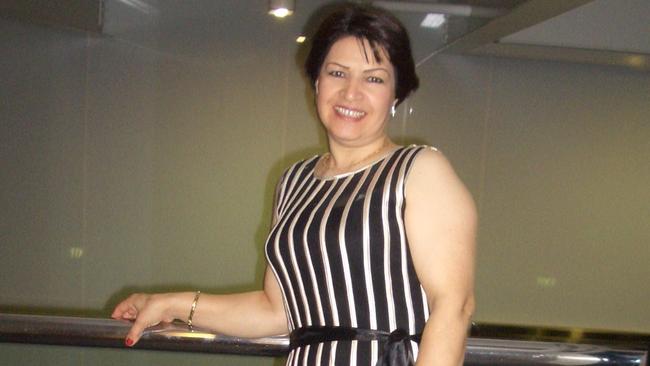
The Chloe Valentine case
Besides the sadness of Chloe Valentine’s death at the hands of her mother Ashlee Polkinghorne and her boyfriend Benjamin McPartland in 2012, McDonald remembers the complexity of the relationships in the child’s family.
“You had three generations of women here. A grandmother who loved her daughter and her granddaughter, but could see that her daughter was incapable of being a mother,’’ she recalls. “She sought to protect that child but everything she tried to do, she failed. You had a mother who had a beautiful daughter, but treated her horrendously.”
“But I also found Belinda Valentine (Chloe’s grandmother) a very impressive woman in the difficult situation she found herself.’’
McDonald also remembers the day police came to her seeking advice in the initial stages of their investigation.
“It was another case where the police came to me and asked ‘do we have enough to prosecute?’’’ she says.
“I said of course we did. We went ahead with the prosecution and they pleaded guilty.’’
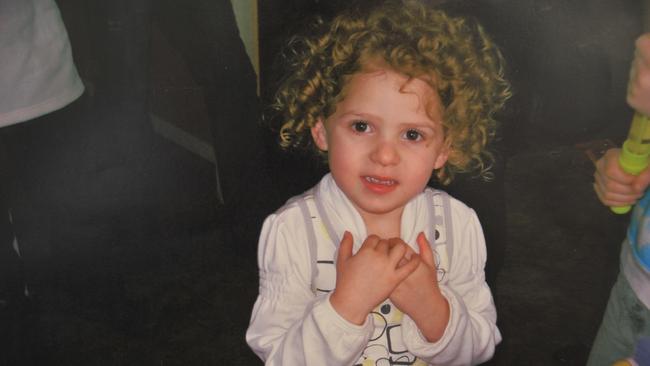
HIV on trial
McDonald prosecuted two major cases that revolved around both individuals knowingly infecting sexual partners with HIV.
Andre Chad Parenzee was convicted of three counts of endangering life in 2006 arising from him having unprotected sex with three women over a period of several years.
“With Parenze it was the first HIV transmission case in this state and at a time we were all very scared of HIV,’’ McDonald says.
While his trial was straightforward and he was convicted, he appealed and produced fresh evidence in the form of several scientists who disputed the existence of HIV.
“I had world leaders in HIV coming to me offering to give evidence because they were so horrified by what these people were saying, given what was happening with HIV in Africa,’’ she says.
“We actually had to prove in court that HIV existed and it could be sexually transmitted. He lost.’’
The case of Stuart James McDonald was a little different. It was the first case in which the DNA of the virus was used in evidence to show how it had been transmitted.
“We could show a cluster of cases and who was the common source. It was a completely new use of that type of science to prove DNA transmission, ’’ she says.
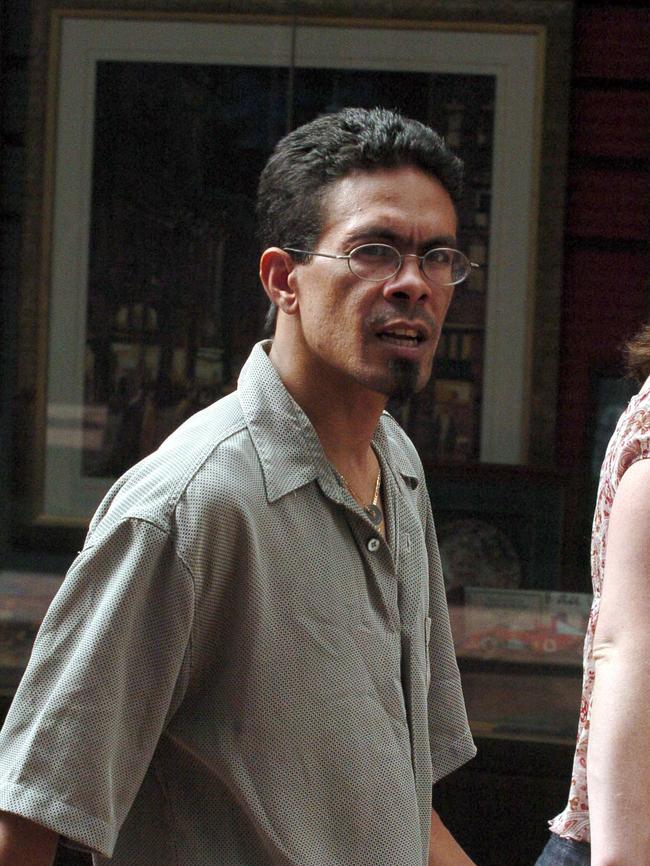
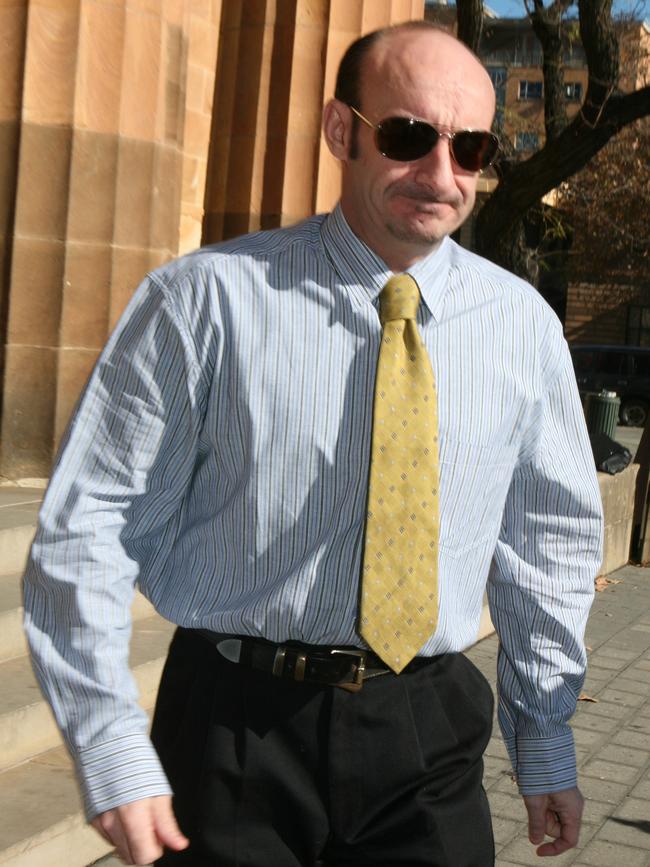
Don’t miss our feature on SA’s newest Supreme Court Justice Sandi McDonald in SA Weekend this weekend.


